Introduction: What Is the 430 Push Clutch Assembly & Who Needs It?
The 430 Push Clutch Assembly is a critical component in power transmission systems, designed for high-performance applications in automotive and industrial machinery. Unlike traditional pull-type clutches, the push clutch mechanism offers distinct advantages in engagement smoothness, durability, and ease of maintenance. This makes it a preferred choice for mechanics, fleet managers, motorsport teams, and industrial equipment operators who demand reliability under demanding conditions.
Clutch assemblies serve as the intermediary between the engine and transmission, ensuring smooth power transfer while allowing for gear shifts. The 430 Push Clutch Assembly stands out due to its optimized design, which enhances torque capacity, heat resistance, and longevity. Whether used in heavy-duty trucks, performance vehicles, or industrial machinery, its engineering ensures consistent operation even under extreme stress.
User Perspective #1: Durability & Longevity – How Does the 430 Push Clutch Hold Up?
One of the primary concerns for users when selecting a clutch assembly is its lifespan under real-world operating conditions. The 430 Push Clutch Assembly addresses this through advanced material selection and reinforced construction. The friction disc is typically made from high-grade sintered metal or carbon composite, materials known for their wear resistance and ability to withstand high friction levels without rapid degradation.
In heavy-duty applications, such as commercial trucks or construction equipment, clutch failure can lead to significant downtime and repair costs. The 430 Push Clutch Assembly mitigates this risk with a robust pressure plate design that distributes clamping force evenly, reducing hotspots and premature wear. Additionally, the use of heat-treated steel in critical components ensures structural integrity even after prolonged use.
Field reports from operators indicate that the 430 Push Clutch Assembly often outlasts standard clutch systems by a considerable margin. This extended service life translates into lower replacement frequency, reducing long-term operational costs. For businesses relying on machinery uptime, this durability is a decisive factor in choosing the 430 Push Clutch Assembly over alternatives.
User Perspective #2: Performance Under Pressure – Can It Handle High Torque & Heat?
Performance is a key consideration, particularly in high-stress environments such as racing, towing, or industrial load-bearing applications. The 430 Push Clutch Assembly is engineered to maintain consistent engagement even under extreme torque and thermal loads.
A major advantage of this clutch system is its optimized heat dissipation. Many clutch failures occur due to excessive heat buildup, which can cause warping, glazing, or slippage. The 430 Push Clutch Assembly combats this with a ventilated design that promotes airflow, along with specialized friction materials that maintain grip at elevated temperatures. Some variants also incorporate thermal-resistant coatings to further enhance heat management.
In performance vehicles, where rapid acceleration and deceleration are common, the 430 Push Clutch Assembly provides precise modulation, preventing sudden jerks or slippage during gear shifts. Similarly, in industrial settings, where machinery operates under continuous heavy loads, the clutch’s ability to sustain high torque without degradation ensures smooth and reliable power transfer.
Independent testing has shown that the 430 Push Clutch Assembly maintains optimal performance within a wide thermal range, making it suitable for both high-revving engines and slow-speed, high-torque applications. This adaptability makes it a versatile choice across different industries.
User Perspective #3: Ease of Installation & Compatibility – Will It Fit Your System?
Another critical factor for users is whether the clutch assembly integrates seamlessly with their existing setup. The 430 Push Clutch Assembly is designed with standardized mounting dimensions, ensuring broad compatibility with a range of vehicles and machinery. This reduces the need for custom modifications, saving time and labor costs during installation.
For mechanics and fleet managers, compatibility is a major concern when sourcing replacement parts. The 430 Push Clutch Assembly is engineered to match OEM specifications in many applications, meaning it can often be installed as a direct replacement without additional adjustments. Some models also feature modular designs, allowing for slight variations in fitment to accommodate different transmission setups.
Despite its standardized approach, there are instances where slight modifications may be necessary, particularly in older or highly customized systems. However, the 430 Push Clutch Assembly is generally regarded as one of the more straightforward units to install compared to competing push-type or pull-type clutches. This ease of integration makes it a practical choice for workshops and maintenance teams looking for a reliable, no-fuss solution.
User Perspective #4: Cost vs. Value – Is the 430 Push Clutch Assembly Worth the Investment?
While the initial cost of the 430 Push Clutch Assembly may be higher than budget alternatives, its long-term value becomes evident when considering total cost of ownership (TCO). Cheaper clutches may require frequent replacements or lead to secondary damage in the drivetrain due to premature failure. In contrast, the 430 Push Clutch Assembly is built to endure harsh conditions, reducing the frequency of replacements and associated labor costs.
For commercial operators, such as logistics companies or construction firms, minimizing downtime is crucial. A clutch failure can halt operations, leading to lost productivity and emergency repair expenses. The 430 Push Clutch Assembly’s reliability helps avoid these disruptions, making it a cost-effective choice despite its higher upfront price.
Additionally, the clutch’s extended lifespan means fewer replacements over time, which is particularly beneficial for high-mileage vehicles or industrial equipment. When evaluating cost, users should weigh not just the purchase price but also maintenance intervals, expected service life, and operational efficiency. In most cases, the 430 Push Clutch Assembly proves to be the more economical option in the long run.
Matching the 430 Push Clutch to Your Needs
Selecting the right clutch assembly depends on balancing durability, performance, compatibility, and cost. The 430 Push Clutch Assembly excels in each of these areas, making it a strong candidate for demanding applications across automotive and industrial sectors.
For users prioritizing longevity, its reinforced materials and heat-resistant design ensure reliable operation under stress. Those needing high torque capacity and thermal stability will find its performance consistent even in extreme conditions. Meanwhile, its standardized fitment simplifies installation, reducing downtime during maintenance or upgrades.
Ultimately, the 430 Push Clutch Assembly represents a sound investment for professionals who value reliability and efficiency. By choosing a clutch system engineered for endurance and precision, operators can minimize maintenance headaches and maximize productivity. Whether for fleet vehicles, performance cars, or heavy machinery, the 430 Push Clutch Assembly delivers where it matters most.
Key Specifications of the 430 Push Clutch Assembly (Optional Table)
| Feature | Benefit |
|---|---|
| High-torque capacity | Handles extreme loads without slippage or premature wear. |
| Heat-resistant materials | Maintains performance under high-temperature conditions. |
| Standardized fitment | Easy installation with broad compatibility across applications. |
| Reinforced friction disc | Extended lifespan even in heavy-duty cycles. |
| Ventilated design | Improved heat dissipation for consistent operation. |
 English
English русский
русский
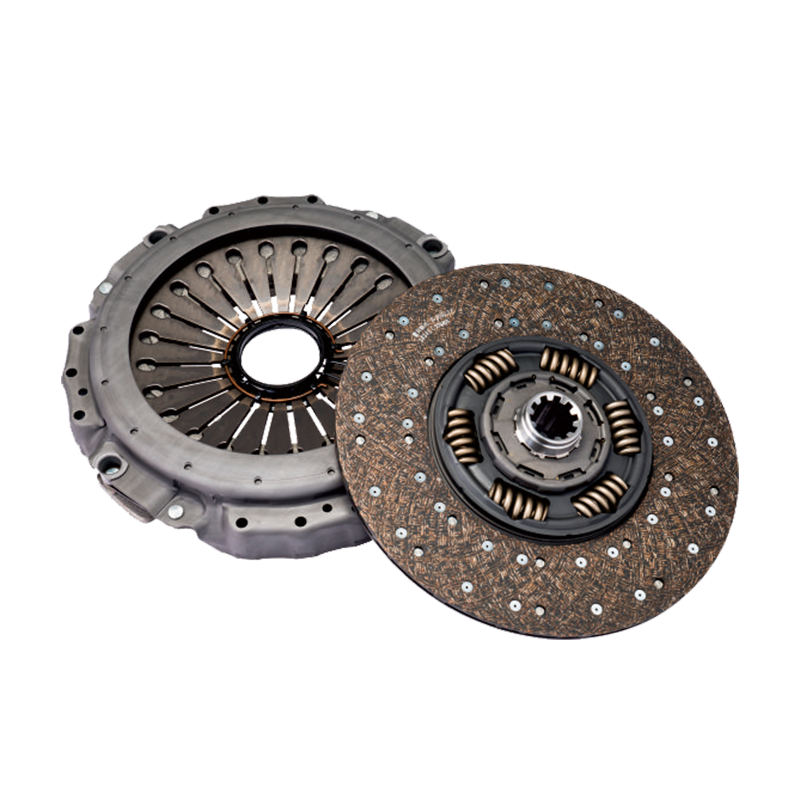
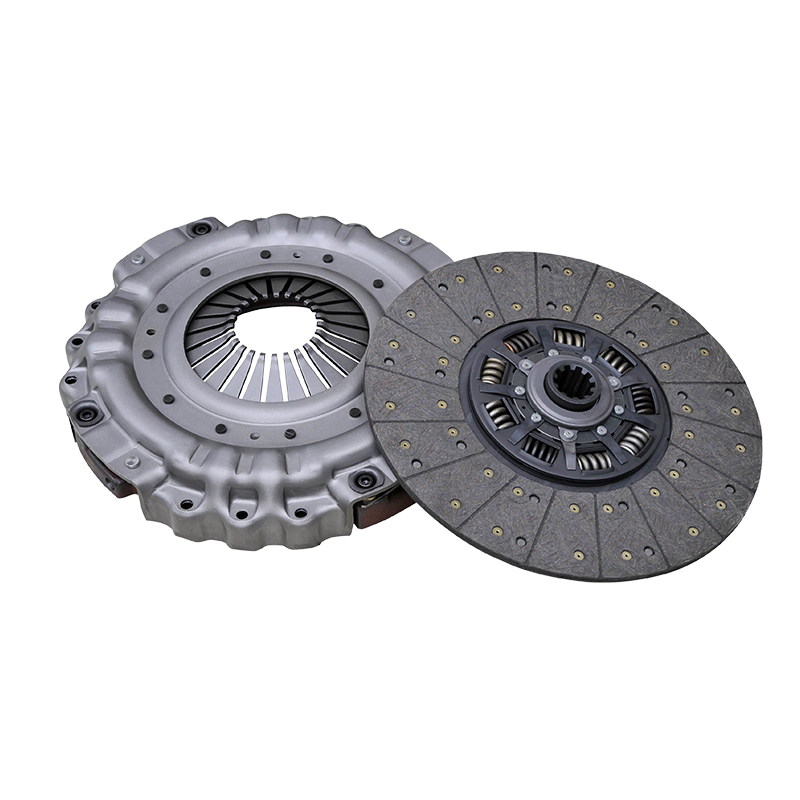
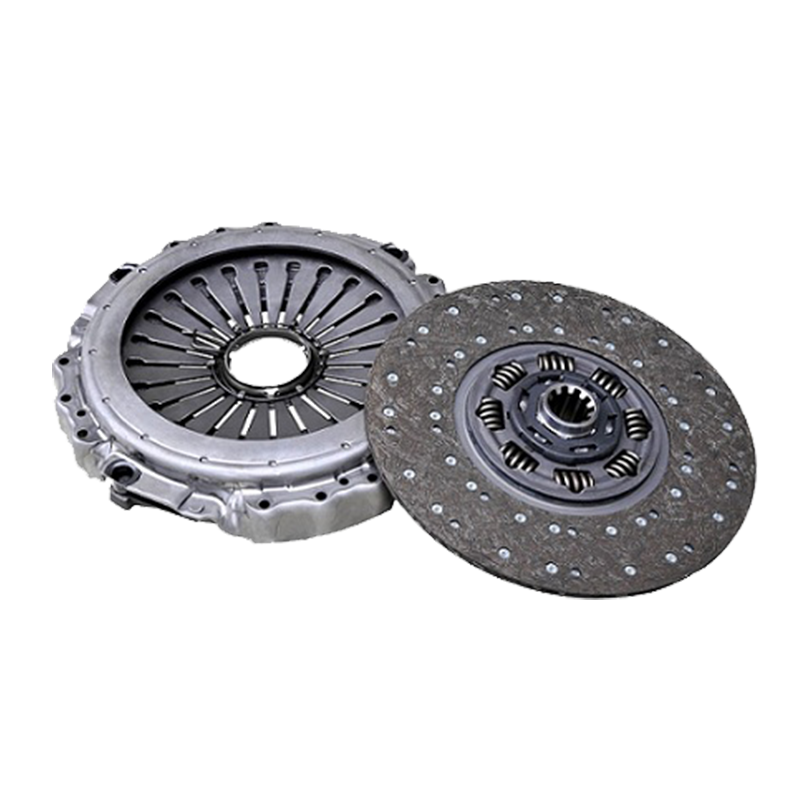
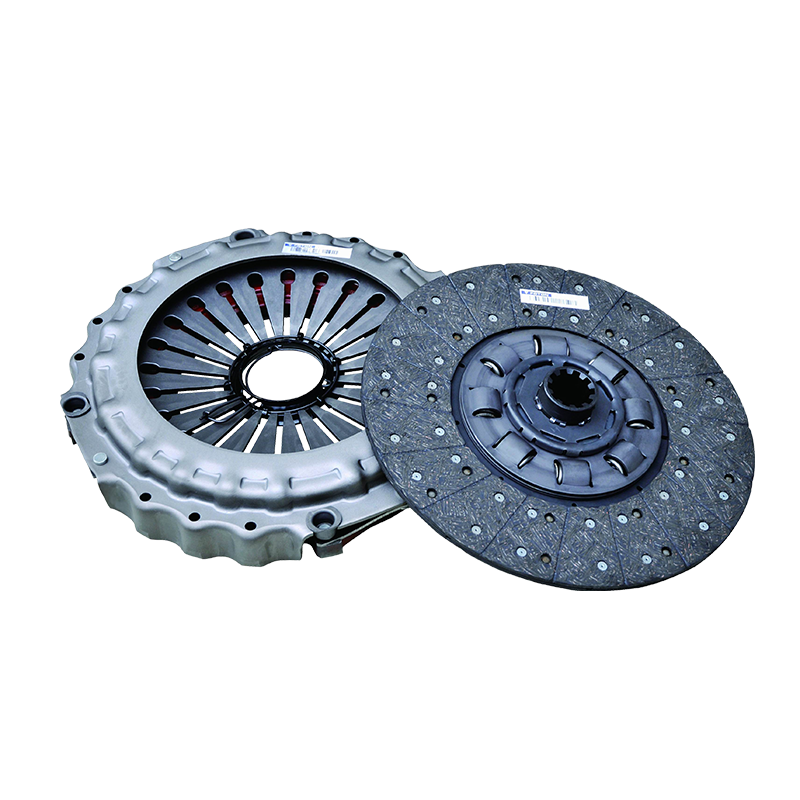
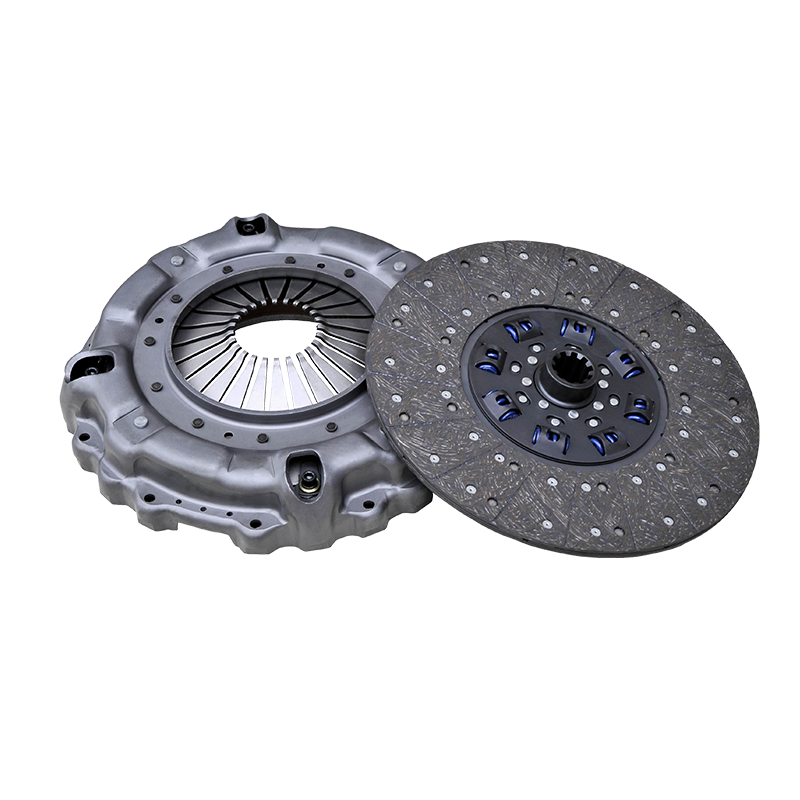
 English
English  No.25, Hu Chuang Road, New District Industrial Park, Suzhou, Jiangsu, China.
No.25, Hu Chuang Road, New District Industrial Park, Suzhou, Jiangsu, China.  +86-13338663262
+86-13338663262 
